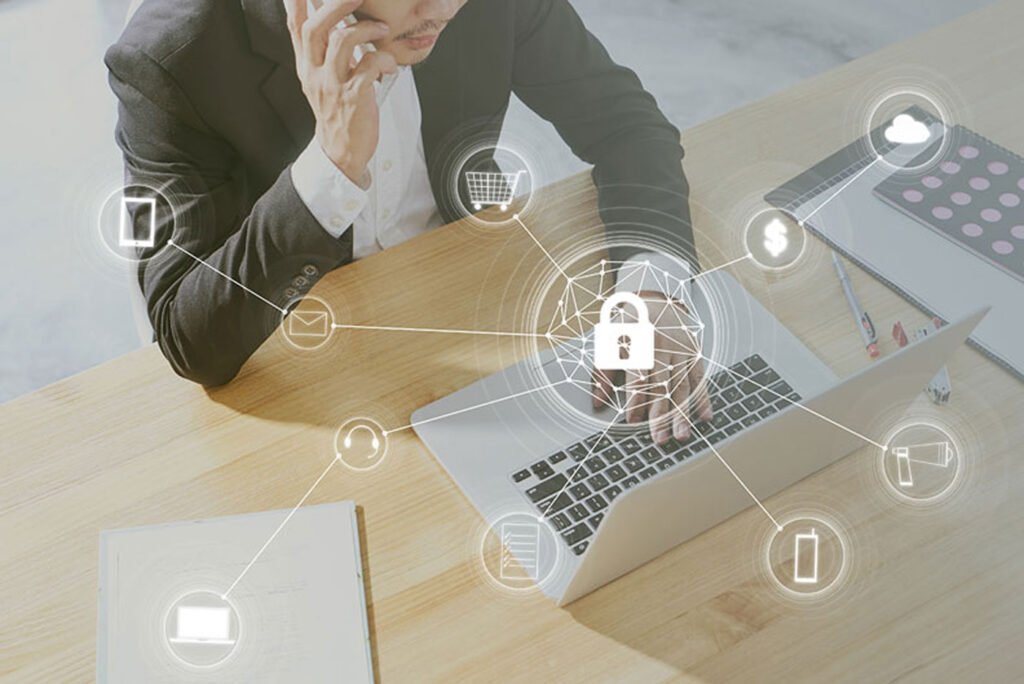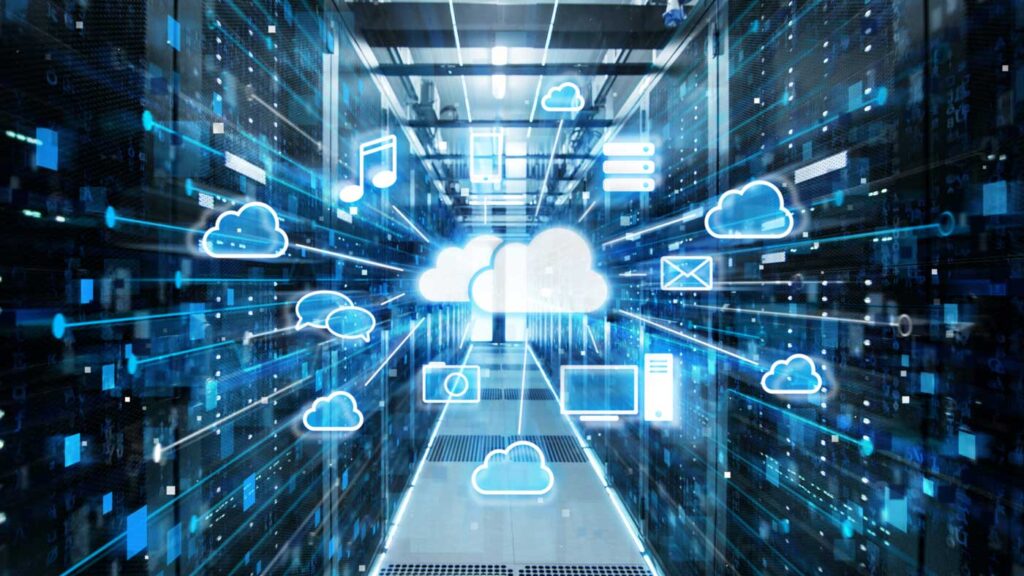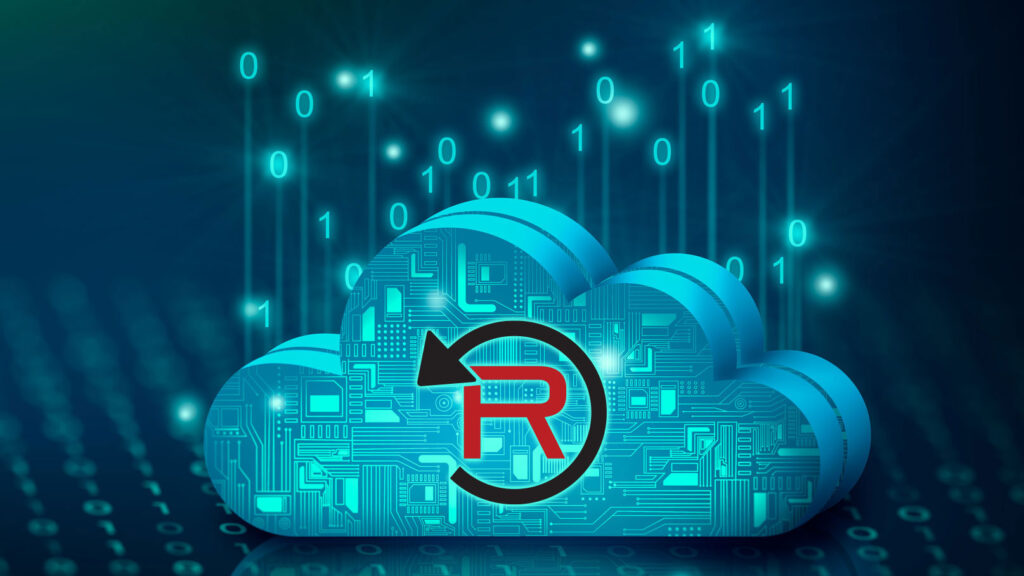
Sophisticated and destructive cyberattacks show no sign of subsiding in 2024. Is your company equipped if you get hit with an attack tomorrow?
Bad actors that deploy ransomware are indiscriminate to your company’s size, vertical, or infrastructure. In 2023, 85% of companies experienced at least one ransomware attack. Variants like “snake ransomware” sneak their way into your network, access machines with administrator credentials, encrypt your data while nearly undetectable, and lie dormant until the perpetrators make their demands. Unfortunately, in 2024, it’s not a matter of “if” your organization suffers a ransomware attack, but “when”. Don’t allow yourself to be a victim of circumstance, there are ways to mitigate ransomware attacks.
Preparing your employees, infrastructure, and organization can drastically decrease the risk and impact of a ransomware infection. A company’s first line of defense against malware attacks of any kind is the employees who interface with the network. Proactively training employees to be more educated about potential attack vectors and how to safely interact with company endpoints and networks is just as much an investment in organizational security as antivirus or firewalls. However, trained employees will never be entirely foolproof. That’s why it is recommended to have a disaster recovery plan that includes several recovery methods and is regularly tested. If ransomware sleuths into your infrastructure, a DR plan can help minimize the impact.
A disaster recovery plan’s solutions – such as disaster recovery as a service, emergency hosting, and elite technical support – can reduce recovery time objectives (RTO) and give nearly instant recovery point objectives (RPO) that can make a ransomware attack much less painful.
Plan accuracy relies on documentation.
A DR Plan should be specific to an organization and cover the following:
- Who – Staff members are involved in recovery. How do you contact them?
- What – Which critical networks, servers, and applications need to come online first?
- When – Are established SLAs, RPOs, and RTOs being reached?
- Where – If there is a site outage, what are the recovery locations for an organization’s data?
DR plans must always carry the most relevant and up-to-date information. As applications are added & migrated, and infrastructure is replaced & upgraded, the documented plan must reflect these changes.
A DR Plan is only as good as its tests.
Frequent testing of a disaster recovery plan (at least once or twice a year) helps identify gaps and establish training opportunities for the organization and the specific processes involved in recovery. Additionally, testing helps build “muscle memory”. When a real disaster like ransomware causes downtime, employees will know how to initiate the road to recovery. Test for different disaster scenarios, have redundancies in place for missing teammates and try to account for the fact that not all disasters are created equal.
Cultures of cyber-resilience repel ransomware.
 Employees working in departments other than IT have varying degrees of cybersecurity awareness and literacy. Your organization cannot afford to assume that these employees who have access to company data, devices, and networks are properly trained without management having offered resources, programs, and policies to help guide them. 88% of all organizational data breaches are caused by human error. Don’t be a victim of employee unpreparedness – mitigate your risk of downtime and the financial costs of ransomware by bolstering your employee’s knowledge of potential attack vectors.
Employees working in departments other than IT have varying degrees of cybersecurity awareness and literacy. Your organization cannot afford to assume that these employees who have access to company data, devices, and networks are properly trained without management having offered resources, programs, and policies to help guide them. 88% of all organizational data breaches are caused by human error. Don’t be a victim of employee unpreparedness – mitigate your risk of downtime and the financial costs of ransomware by bolstering your employee’s knowledge of potential attack vectors.
Training your end-users.
Phishing scams are relentless. Bad actors target employees at every level of an organization praying that someone unsuspecting and untrained takes the bait. Phishing schemes serve as the genesis of more complex cyberattacks. They lead to malware deployments (including ransomware), data breaches, denial-of-service attacks, and other attacks that can cause downtime to critical infrastructure. Fortunately, over the years, cybersecurity vendors have created training that helps organizations combat the effectiveness of phishing attacks on their users. These training programs include educating employees on what phishing is, how to spot it, and what to do if you’ve been a recipient of a phishing email or scam. Beyond these lectures and video reviews, some cybersecurity vendors offer more advanced training. This would include assessments in the form of quizzes and faux phishing campaigns administered by IT managers to evaluate employee progress in training. This training takes time to instill a culture of cyber resilience, but ultimately studies show that 80% of organizations that undergo phishing training successfully reduce their staff’s susceptibility to attacks.
Establish cybersecurity policies and procedures.
Creating a culture of cyber resilience starts at the top of a company, and trickles down to the average employee through training & guidelines. Giving your employees something tangible to reference when they have questions or concerns about how they interact with company IT provides stability and confidence. That’s why it is recommended that organizations establish an Acceptable Use Policy. This policy serves as an instruction manual that should apply to all interactions an employee has with the organization’s network. Since employees of all roles and backgrounds are encouraged to consult the document, it needs to be approachable, easy to read, and organized into digestible sections.
An Acceptable Use Policy should outline the following:
- What hardware, software, networks, and connections are governed by the organization?
- Standards for sharing proprietary information with other employees.
- Policies for desktop & application passwords and lock screens.
Recover faster and smarter with disaster recovery as a service.
Establishing advanced protection from ransomware implies two core practices. First, train your employees and provide them with resources to become better-educated users, decreasing risk. Second – and simultaneously – employ disaster recovery as a service (DRaaS) methodology that can negate impact and financial risk when you do suffer an attack. DRaaS includes multiple components, but the most effective include real-time replication of servers to a secure cloud site, the option to have your infrastructure hosted in an emergency at an alternate site, and elite support personnel that is on standby ready to assist you in recovering when disaster strikes. Having an established relationship with a trusted disaster recovery vendor can help tick all these security boxes.
Rapid replication and recovery
Traditional backup tools typically offer file/folder or operating system-level image backups. These are both valuable cost-effective solutions, but the recovery time objectives (RTO) can vary widely depending on the quantity of the data. Similarly, the recovery point objective (RPO) for these tools is based entirely on how recent the last viable backup was before the data disaster. The top-of-the-line backup solution that combats both of those downfalls of image backups is known as real-time replication. This solution provides a constant stream of replication from your primary servers to your cloud recovery site. This means that the recovery point for a restore can be up to the second before a disaster strikes your primary servers, which keeps your users from losing progress or having to make up a day’s worth of work. Real-time replication solutions also provide much better integrated recovery compared to image backups. This can decrease your RTOs for recovery from system outages across the board from upwards of 24 hours to as low as a couple of minutes.
What if ransomware takes out your whole site?
Local backups of your servers are one of the fastest ways to recover from hardware failure, as there is no need for your operating system and data to travel over the internet. Unfortunately, natural disasters and widespread ransomware often lead to site outages, rendering all of your local machines incapacitated. That’s why it’s important to have a cloud site that provides an option for emergency hosting. Emergency hosting gives your users the ability to get back to work and conduct normal business processes in the event of a sitewide failure. This is not a typical offering of big-box clouds. Finding a DRaaS vendor that has the infrastructure to support your organization’s entire server load in their cloud is an invaluable resource in times of site outage.
 The support behind the cloud.
The support behind the cloud.
When ransomware strikes your company, internal management and IT are in a crisis of disconnecting infected systems from the network, diagnosing the severity of the attack, and contacting cyber insurance. There are never enough hands to help mitigate the crisis at your site and look towards restoring elsewhere. The most valuable disaster recovery vendors are there for you when you need them. Having the ability to give them a call, and subsequently have restores of your systems hosted in their recovery cloud greatly decreases the pressure on internal IT. From there, your vendor will help you dole out VPN connections for your users so they can connect to the hosted servers and continue work in their recovery cloud. Furthermore, you’ll have confidence in this recovery method because it will have been tested multiple times a year for any possible glitch that could be encountered.
Defending and recovering from ransomware is an ominous endeavor. All these elements combined can support your DR efforts when the unexpected happens. Invest in a DRaaS Cloud Partner and inquire about the availability of recovery solutions and support services that fit the needs of your organization.
RenovoData collaborates with each client to design a blend of disaster recovery solutions to meet your company’s recovery objectives. Our knowledgeable team has a proven record and will be happy to explain the benefits of our disaster recovery services and their effectiveness against ransomware. To schedule a call to learn how we mitigate your risk and downtime, call 1.877.834.3684, or email us at info@renovodata.com.
RenovoData is a leading regulatory-compliant, cloud data protection IT services company. Our solutions range from File and Database Backup, Server Recovery, Disaster Recovery as a Service (DRaaS), Custom Cloud Hosting and Consulting solutions for on-premises and hosted environments.





